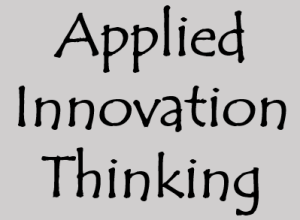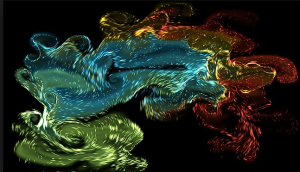 I wrote a post “Needing to Think Applied Innovation Services” recently, it was extending my view that innovation needs to change. We need to think of managing innovation in different ways, we need to automate it and in addition, augment it. I suggested in that post “we need to pull down what is needed” and design a totally ‘adaptive’ innovation process to fit a specific need.
I wrote a post “Needing to Think Applied Innovation Services” recently, it was extending my view that innovation needs to change. We need to think of managing innovation in different ways, we need to automate it and in addition, augment it. I suggested in that post “we need to pull down what is needed” and design a totally ‘adaptive’ innovation process to fit a specific need.
I argued we need to think differently about how we manage innovation. It needs to be more radical in design, actually, it needs to be far more up to date and in tune with the technology progress we recommend so much to others! Innovation systems are lagging, they should be leading in their design and connectivity.
What I mean by this is it needs to begin to ‘account’ for cognitive solutions that can augment and help automate our present highly manual innovation systems. I know we have some good software for different parts of the innovation process but none of these are integrated, fully connected up in their design. We still work in piecing them together. We lose significant collaborative opportunities and speed due to this mostly disjointed innovation approach. Surely this has to change?
We need to bring innovation and its process up to date. With cognitive computing, artificial intelligence, cloud-based solutions, purposefully designed apps and specific tools and frameworks, we do need to begin to stretch our imaginations further and flex our technology and app solutions more towards providing a better, more connected innovation process. I want to see a new innovation era happen.





